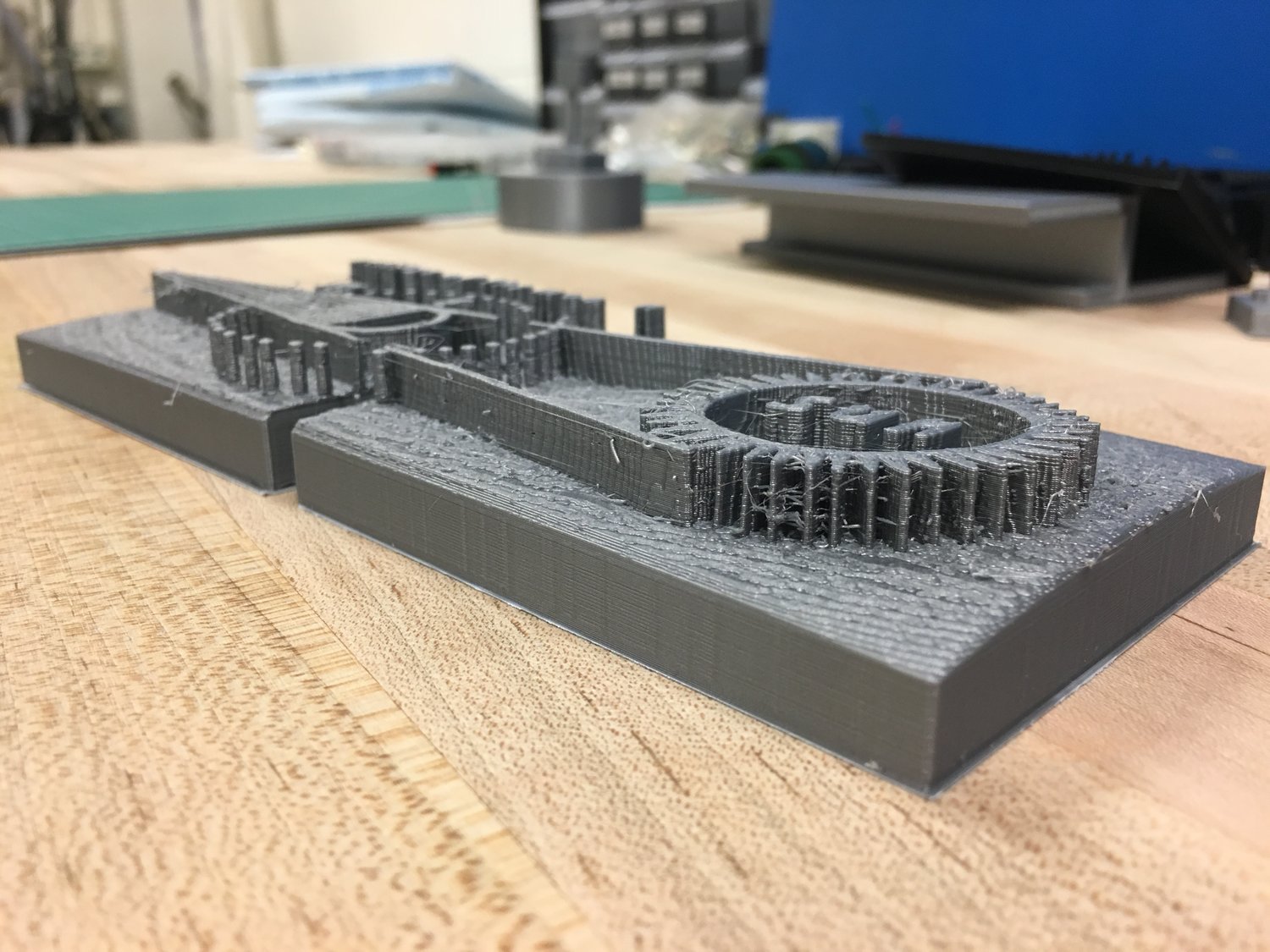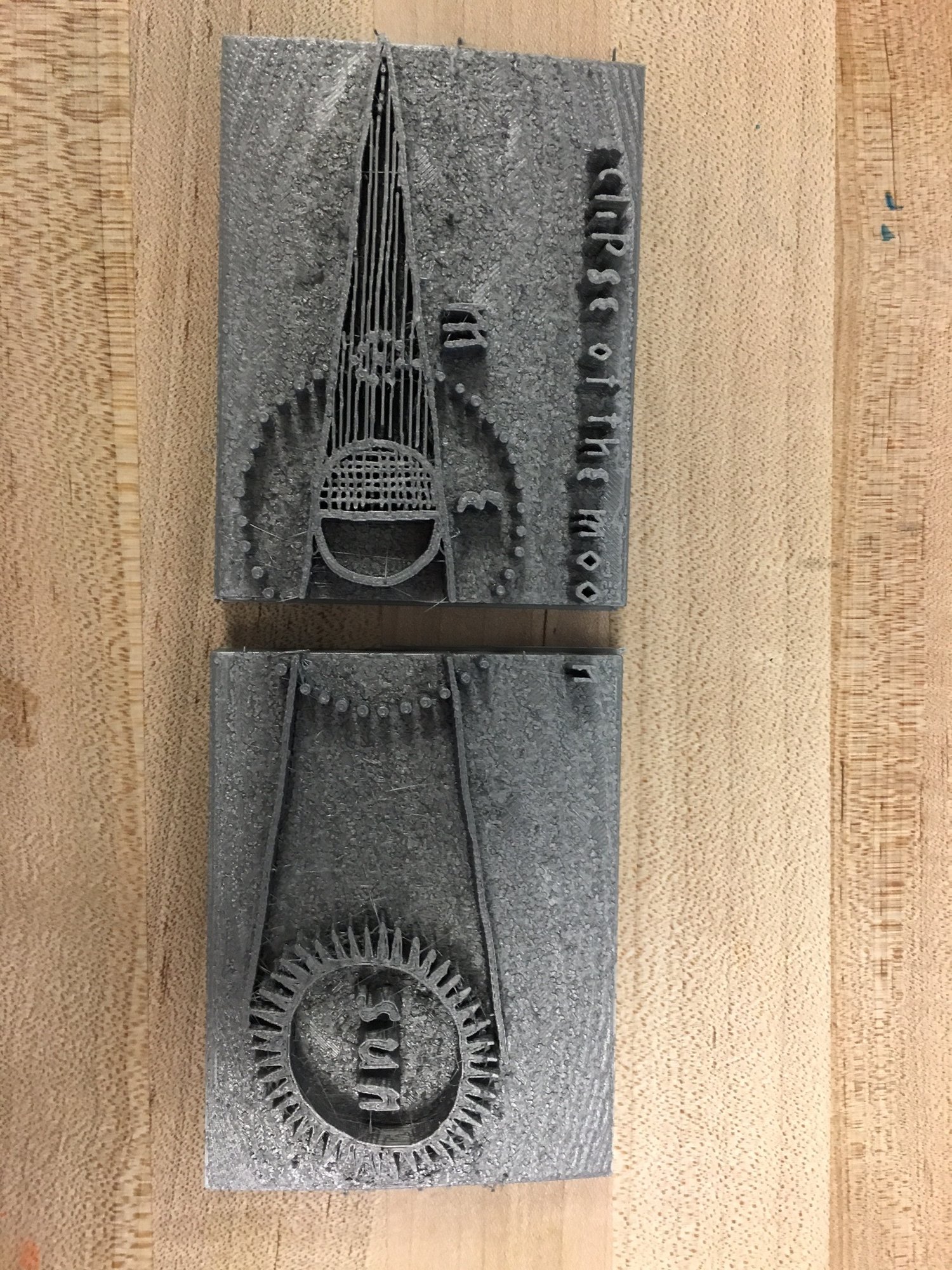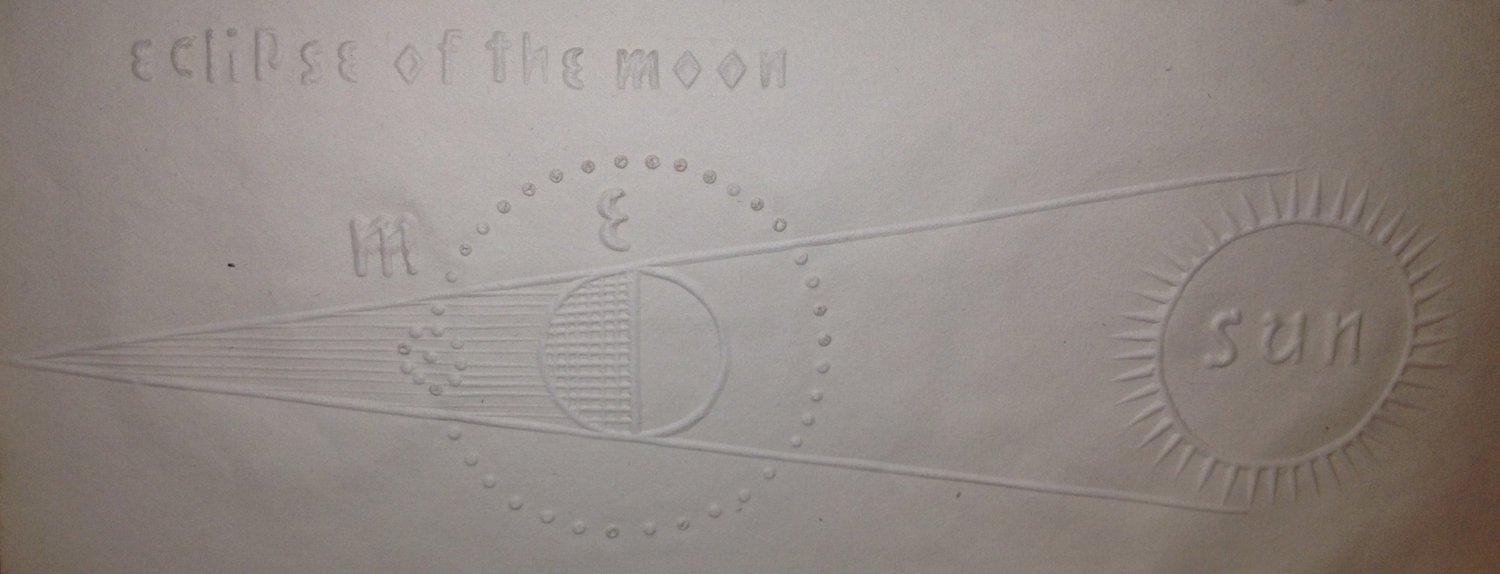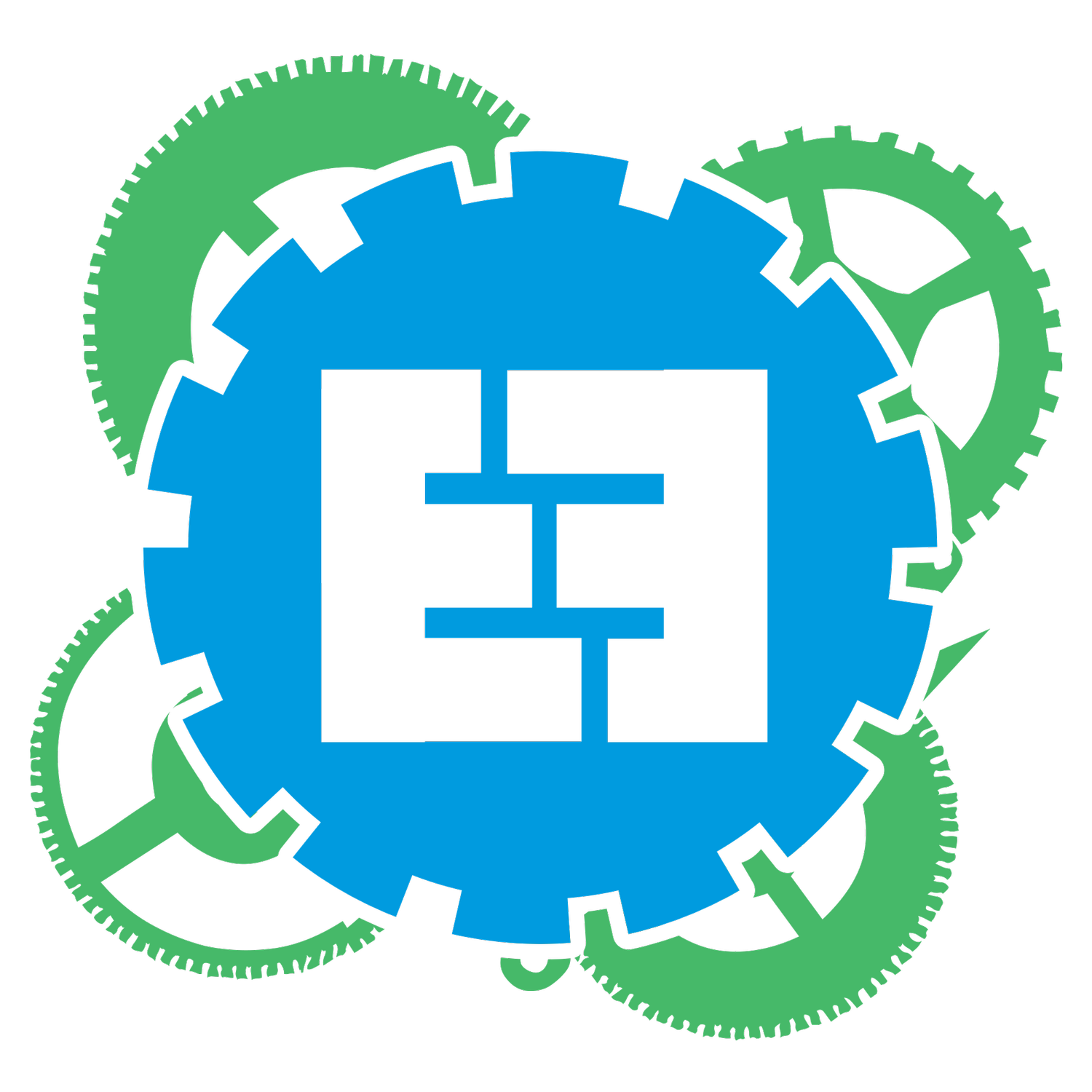Blind Culture Artifacts



The Need
Researchers Sari Altschuler and David Weimerare working to explore and publicize artifacts that demonstrate the history of communication with the blind. Before the development and promulgation of Braille as an improved method of conveying information through tactile senses, the most common strategy for making information accessible to blind individuals involved translating a normal page into a 3D version of itself. Wherever there was ink, there was a smooth bump detectable to fingers. To bring such artifacts to the public, Altschuler and Weimer are developing popup exhibits featuring3D printed versions of the artifacts found in the Perkins School’s archives. Ultimately, institutions and museums across the country will be able to host their own exhibits by downloading a set of files and reproducing the artifacts in printed form.
The Project
Enabling Engineering offeredtechnical assistance to developprinting methodologies and createdigital representations of theartifacts. To be able to print replicasof the Perkins School’s artifacts, theteam needed to capture the artifacts’physical intricacies in STL files—themost common format for 3D printing.After finding that 3D scanning wouldbe an inadequate solution due tolimitations of the technology, the remaining options included creating an STL file using a 2D image or modeling each artifact by hand using CAD software. Given the scope of this project and the artifacts relative inaccessibility, the team chose the first option and developed an image processing algorithm in MATLAB that generates an STL file from an image of each artifact. The algorithm goes through any given image pixel-by-pixel, assigning each a specific height value depending on its grayscale color.
Current Status
The methodology to print the artifacts has been developed and a collection of artifacts has been printed. A grant proposal to support this project was submitted.

